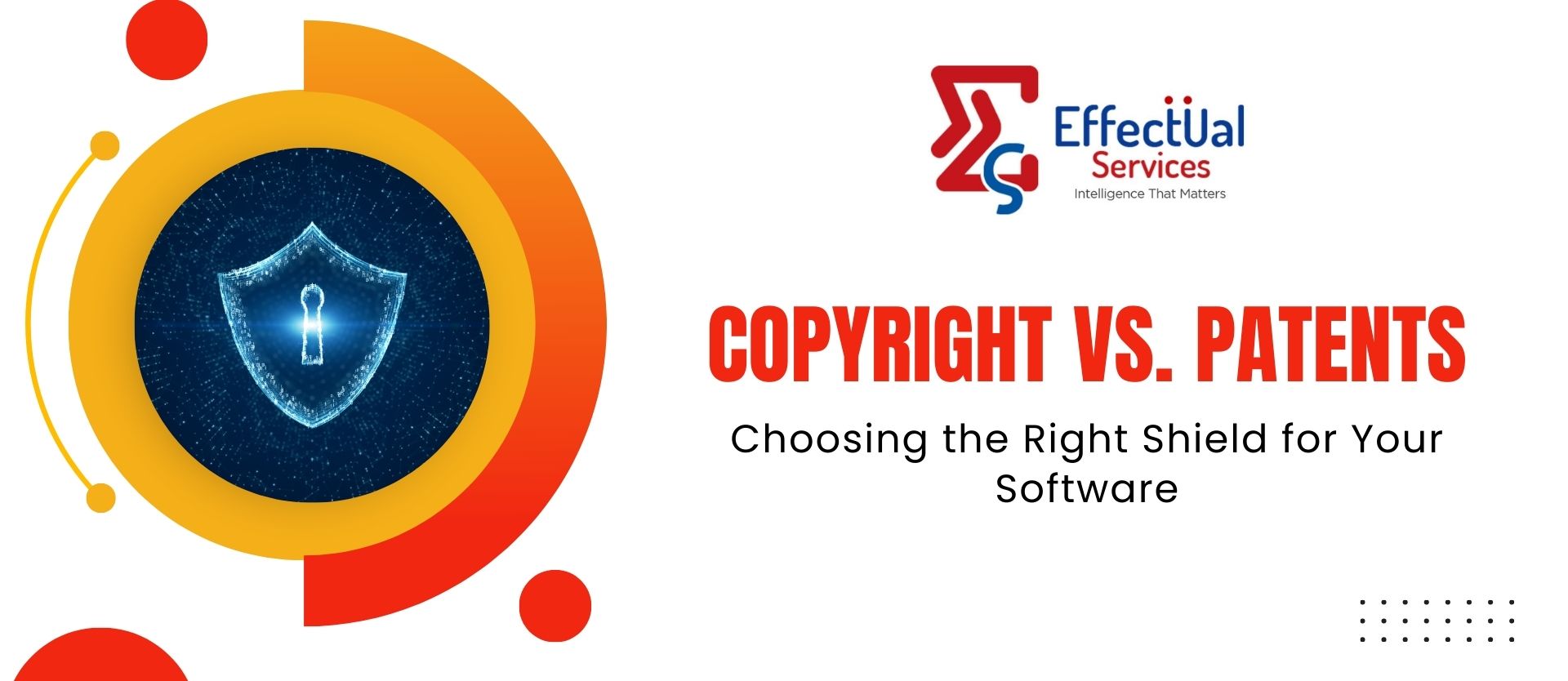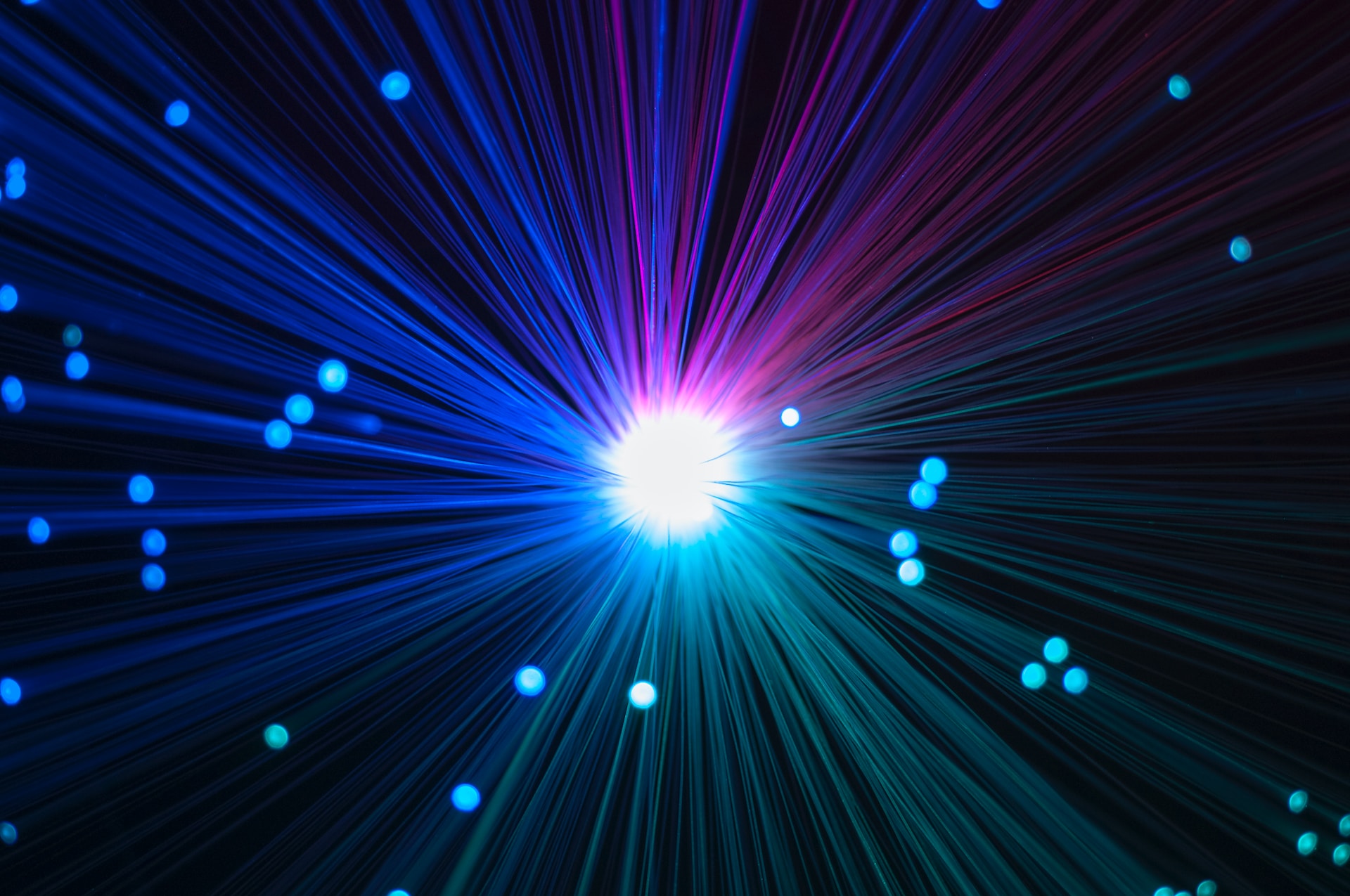Copyright vs. Patents: Choosing the Right Shield for Your Software

Introduction
With rapid growth in software development, the risk of unauthorized use is high. To prevent misuse or unlicensed sales, developers and companies must protect their work. Copyrights and patents are the two main legal tools each with distinct roles and effects on software protection.
Intellectual Property Laws and Their Role in Software
IP laws help safeguard software from unlawful use. Copyright protects the expression like code and design. Patents protect the functionality and innovation. Based on your software’s features, one or both can offer strong legal protection and market advantage.
Difference between Copyright vs. Patent
|
Aspect |
Copyright |
Patent |
|
Rights Protected |
Expression of ideas (e.g., source code, object code) |
Functionality, processes, or innovations |
|
Coverage |
Form of the idea |
Underlying technical process or method |
|
Duration |
70 years (individuals), 95–120 years (corporate) |
20 years from filing (with maintenance fees) |
|
Requirements |
Automatic upon creation in tangible form |
Must be novel, non-obvious, and technically applicable |
|
Best For |
Code, UI, documentation |
Innovative software functionalities or technical processes |
|
Recommendation |
Use for creative elements; combine with patents if needed |
Use for functional innovations; combine with copyright for full protection |
Choosing the Right Protection Strategy for Your Software
- Use copyright if; you want to protect source code, documentation, or graphical elements.
- Use patents if; your software introduces a new, non-obvious process or innovation.
- Consider both if; you have a unique software innovation with valuable code and if your software has both functional innovations and creative elements.
Conclusion
Copyright and patent laws offer distinct yet complementary protection for software. Copyright safeguards the code and design elements, while patents protect novel functionalities and processes. Choosing the right protection or combining both depends on the nature of the software and business goals. A strategic approach ensures robust defense against infringement and strengthens competitive advantage.
Solutions Driving Innovation & Intelligence
Enabling Fortune 500's, R&D Giants, Law firms, Universities, Research institutes & SME's Around The Globe Gather Intelligence That
Protects and Nurtures Innovation Through a Team of 250+ Techno Legal Professionals.


